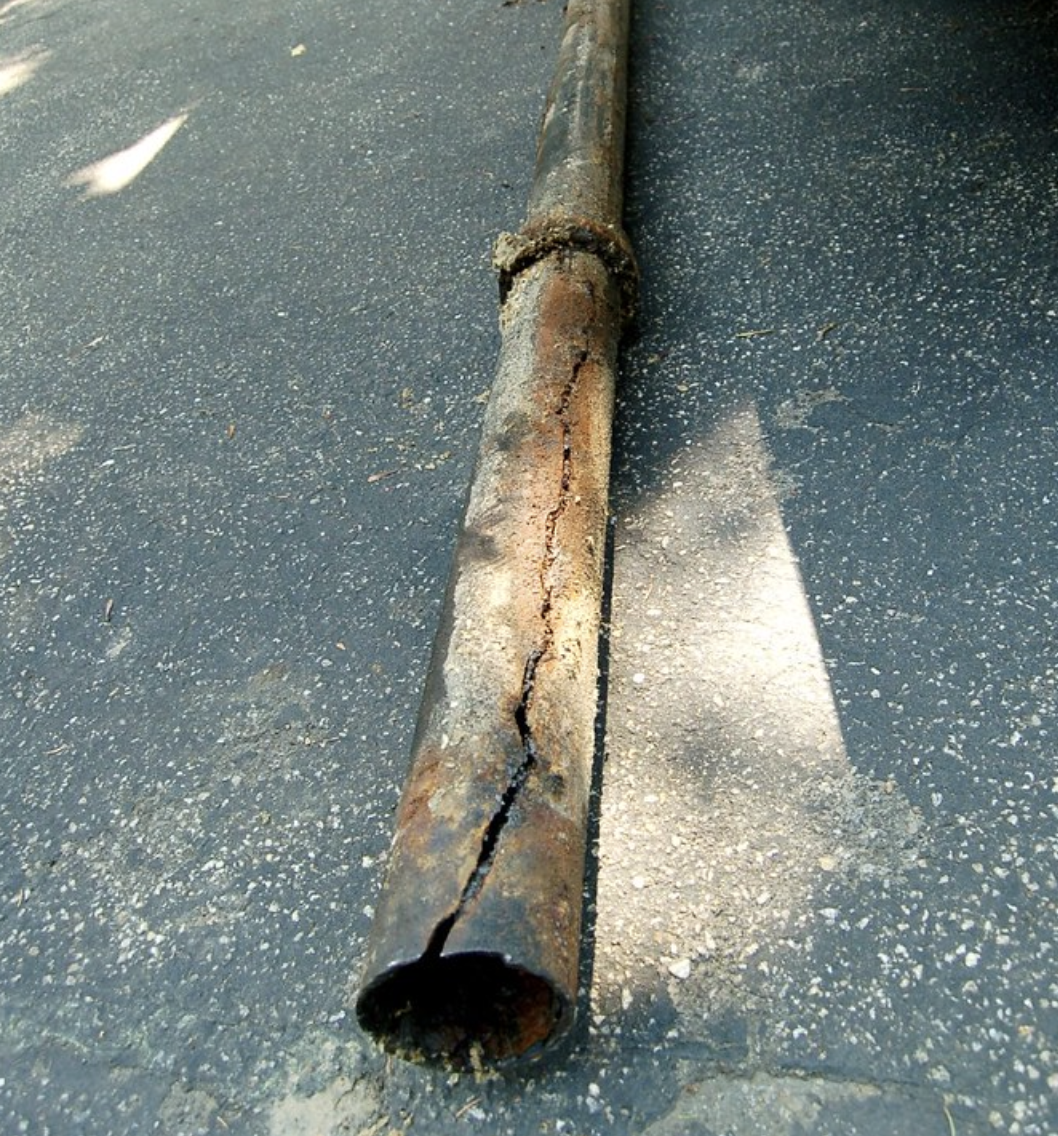Plumbing Leaks: What’s covered by your insurance policy?
What does your homeowners insurance cover if you have a plumbing leak?
There are several different types of insurance policies for homeowners (both residential and rental properties) as well as for commercial properties. Today we’re going to discuss what is typically covered by the most common homeowners insurance policy in Florida, an HO-3 policy, also referred to as an “all risk” policy.
What is an HO-3 or “All Risk” Policy?
An HO-3 policy is often referred to as an “all risk” policy because it starts describing the coverage as all damage, either “direct physical loss to property,” or “sudden and accidental loss” and then works backwards from there to limit that coverage with exclusions. As always, you should review the terms of your insurance policy with a public adjuster at VIP Adjusting if you’re making a claim in Fort Pierce, or anywhere throughout the Treasure Coast.
Some homeowners insurance policies only cover a small list of “named perils” and have limited coverage while some HO-3 homeowners policies don’t cover plumbing leaks at all. With aging homes throughout Florida including aging plumbing, and shoddy materials and workmanship becoming the norm for new construction and renovation, hopefully you’ve checked with your insurance agent before the time comes to make a claim.
Ensuing Loss and Water Damage are Covered
There are two types of plumbing systems in most Florida homes. Supply plumbing includes pressurized pipes that carry water into your home and to your fixtures and appliances. Sanitary plumbing, or “waste lines” carry used water from your toilets, showers, bath tubs, sinks, washing machines and dishwashers to your septic tank or to the sewer.
If water accidentally escapes from either of these plumbing systems, either because the pipes burst, or a cast iron drain pipe has rusted, all damage that’s caused by the water is covered (unless your policy has a water damage exclusion, but I’ll continue to operate on the assumption that we’re discussing a standard HO-3 policy from here forward).
There must be water damage in order for the loss to be covered. If you have clean water spill onto a tile floor from a broken sink faucet and it causes no damage, there is likely no coverage and no viable insurance claim.
If the water has caused damage, however, your claim is viable. Water leaks may very easily damage laminate floors or lower quality cabinets and vanities. More substantial supply line leaks can cause tiles to de-bond or crack after swelling and contracting the mortar underneath. Water can also easily damage drywall and baseboards.
If your leak is from a broken waste line or collapsed cast iron drain, the damage is even more serious. Water in sanitary pipes often contains contaminants from your sink or dishwasher (usually referred to as Category 2 water or “grey water”) or actual sewage from toilets (usually referred to as Category 3 water). If these types of water come in contact with any porous building material, it requires special types of repairs, most of which are outlined in publications produced by the Institute of Inspection Cleaning and Restoration Certification, or IICRC, which is the industry standard.
Leak detection
If you’ve discovered water on the floor in your home and it’s causing damage, the investigation to determine the source of the water is often covered. Homeowners insurance policies require you to protect the property from further damage and this activity may be one of the most important undertakings in stemming the losses inside your home. It also requires that you document damages. A leak detection satisfies your requirements and post-loss obligations under your insurance policy.
Sometimes this is a simple undertaking, while other times it’s a more significant investigation. VIP Adjusting can assist you with this portion of your claim and make sure all steps are documented to show your insurance company when the time comes.
Access to Repair the Plumbing is Covered
In addition to the water damage coverage trigger, your homeowners insurance policy typically covers access to the broken plumbing to allow for repair. Plumbing access isn’t often the first thought of a homeowner, but it can easily be the most expensive portion of a claim.
If a supply pipe bursts inside the wall of your bathroom, the water cleanup and repair of water damage may be minimal, but in order to get to the leaking pipe to repair it, you may have to demolish an expensive shower, including removing and likely damaging the tile.
If a supply pipe is leaking inside the slab of a home carrying water to the kitchen, you may have to remove tile or wood flooring to dig through the slab. This is not always the case, though.
If a cast iron waste line has collapsed inside the slab, there is definitely access required through the floor and the slab. A significant trench may need to be dug throughout the home to lay a significant portion of new pipe, because waste lines often rely on gravity to carry dirty water out of your home. These repairs can run across multiple rooms and may require significant repairs and renovation.
You also may have continuous flooring running throughout your whole home, or significant portions of it. These are important factors that need to be taken into consideration as part of your claim, and why it’s best to rely on your public adjuster, instead of the insurance company’s adjuster.
Broken Pipes are Usually Not Covered, but might be in some cases
Your insurance policy does not typically cover “loss to the system or appliance” that is the origin of the water leak and damage. That means if your pipes burst, the insurance covers the water damage and the access, but you pay to replace the pipe. Alternatively, if a valve on your dishwasher or washing breaks and leaks, the water damage is covered, but you have to fix or replace the dishwasher or washing machine that is leaking. This is the most common situation, but it is not always the case.
If you had a supply line inside the slab that is leaking, instead of making a costly repair damaging the flooring and slab, you may be able to make a type of temporary repair known as a re-route. This type of repair has new supply lines run to the location through walls and ceilings (access through drywall and paint is often significantly less expensive than flooring and slab work).
A plumbing re-route is often determined to be temporary because it doesn’t make you whole and return your property to pre-loss condition. It may or may not be a permanent solution. Sometimes, a re-route reduces your cold water supply by exposing it to heat in exterior walls or attic spaces. Other times, it’s just not feasible, like if the supply line runs to a kitchen island.
There are a lot of different scenarios that come in to play when evaluating damage as a result of a pluming leak. These scenarios have large implications when it comes to the amount of money you’ll ultimately receive to repair your home. It’s important to get in touch with a public adjuster as early on in the process as possible so that you’re protected.
If you’ve had a plumbing leak in your home, contact VIP Adjusting today for a free claim evaluation.
You might also be interested in:

